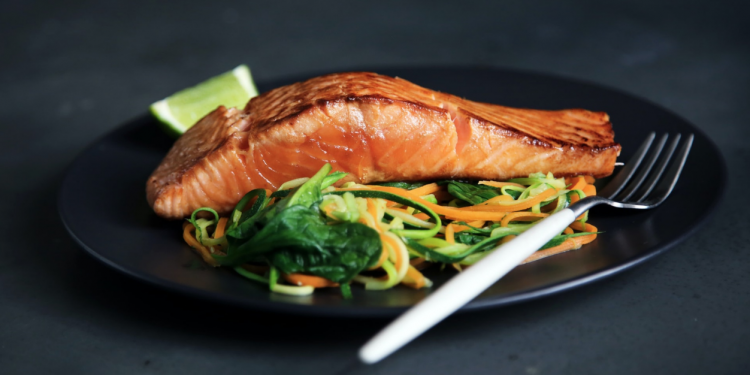Seafood fraud is a rising global concern, with a Guardian Seascape analysis (15 March) across more than 30 countries indicating that 36 per cent of the seafood samples analysed for the study were mislabelled. Closer to home, a study published in 2019 by researchers at the National University of Singapore revealed the presence of pig DNA in cuttlefish and prawn balls, while samples labelled as containing crustaceans revealed the presence of fish.
TheHomeGround Asia spoke to experts to learn how this issue impacts the local seafood industry, and what businesses and consumers can do to tackle it.
Ever wondered whether the seafood on your plate is what you’ve been told it is? It might be time to ask again.
Seafood fraud has been a widespread problem globally, from the substitution of lower-value seafood products in place of higher value ones, to the mislabelling of seafood products.
In 2018, a team of researchers at the National University of Singapore (NUS) conducted a study using 105 samples of fresh and frozen seafood from six supermarkets in Singapore. Findings showed that single-species products substituted more expensive seafood products, such as prawn roe, wild-caught Atlantic salmon and halibut, with variants of a lower value, including fish roe, Pacific salmon, and arrowtooth flounder, pointing to the issue of mislabelling within the local seafood industry.
Seafood fraud could be exacerbated by issues such as fish “laundering”, which the World Wide Fund for Nature Singapore (WWF-Singapore) defines as the act of “making Illegal, Unreported and Unregulated (IUU) seafood products appear as though they come from a legitimate source.” It also notes that IUU products enter the global seafood industry by “passing off as other products through ambiguous labelling, or even intentional mislabelling.”
In response to queries from TheHomeGround Asia, WWF-Singapore’s Responsible Seafood Programme Officer, Chester Gan, adds that a lack of “appropriate regulation” to combat the issue of seafood fraud enables IUU products to reach consumers, which encourages IUU fishing practices to continue “by making it profitable.”
Naming conventions as a cause of mislabelling
Shannon Lim, Founder and Managing Director of local fish farm OnHand Agrarian, points to confusing naming conventions as indirectly contributing to mislabelling.
“There’s a lot of confusion especially in Singapore, because generally speaking, you’ve got like four or five different names for the same kind of fish, and different subgroups in Singapore will insist that the name for a fish is different. [For instance], a lot of fish is traded using the Malay name, but most of the people trading it are not Malay,” he explains.
“So assam is a fish that is commonly traded with a Malay name, by people who don’t speak Malay, and is commonly confused with another fish called terubok, which honestly looks completely different. [But], some groups of Chinese traders will use [the term] terubok, some will use assam for the same fish.”
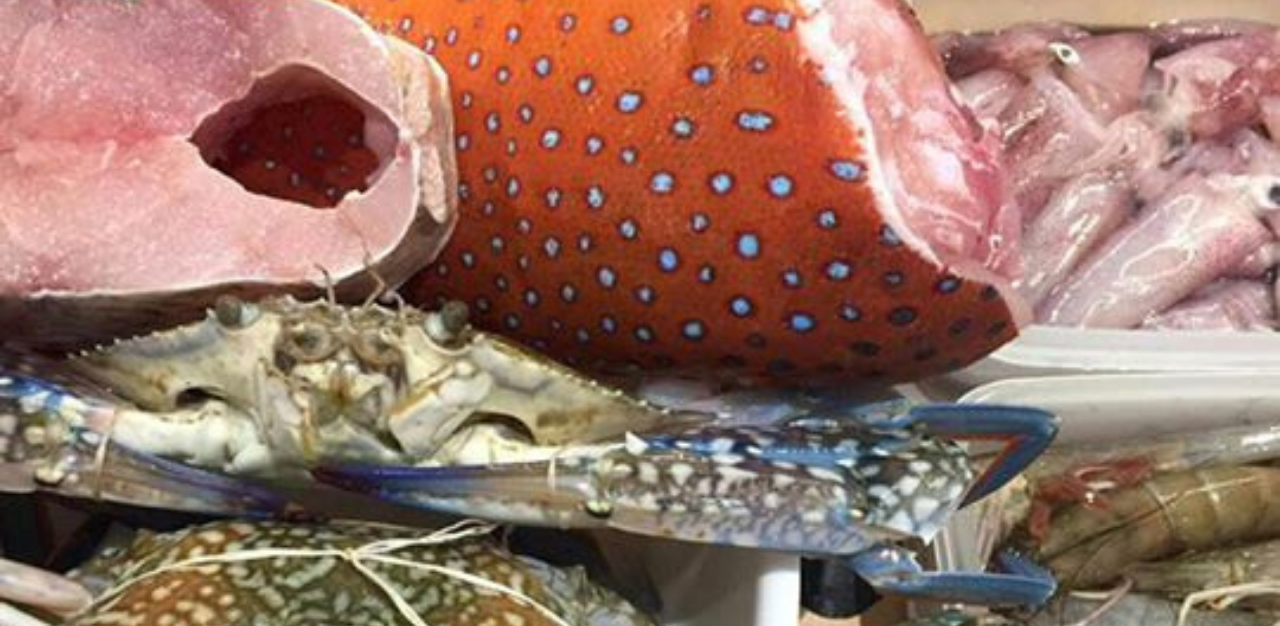
Mr Lim explains that species of seafood such as garoupa and snapper are also susceptible to mislabelling, due to the wide number of variants available.
Amrita Srivathsan, research fellow in the Department of Biological Sciences at the National University of Singapore (NUS), adds that generic definitions when it comes to regulating labels are also an issue.
“From my understanding, [the regulations are] not that specific, at the moment. We had that problem even in the study – what you define as mislabelled is often not clear if you have a very generic definition,” she says. “If [the definition] is very broad, [and] you are not asking people to enter the scientific names in the label, then how do you define something as mislabelled?”
Research assistant Jonathan Ho agrees, adding that it is important to note that “common names [for seafood products] change from country to country”, citing differing regulations across various countries as a contributing factor to mislabelling.
Potential consequences of seafood fraud
Mr Lim notes that mislabelling can create potential opportunities for the sale of endangered species of seafood. He recalls seeing endangered species like the hammerhead shark being sold in Singapore, as well as endangered shark species being mislabelled as stingray or guitarfish.
“There are a few species of garoupa as well that are endangered and should not be sold, but are. They’re not even mislabelled. [They’re] just called generic garoupa. I guess that doesn’t flag the system, and when they’re filleted and processed, most people can’t tell [the difference],” he says.
Another potential side effect of seafood fraud would be economic loss.
Consumers might, for instance, have to bear the brunt of paying for “overpriced seafood products,” says Mr Gan, through “species substitution (the use of cheaper alternatives to sell as premium products) or short-weighting (misrepresentation of product weight)”.
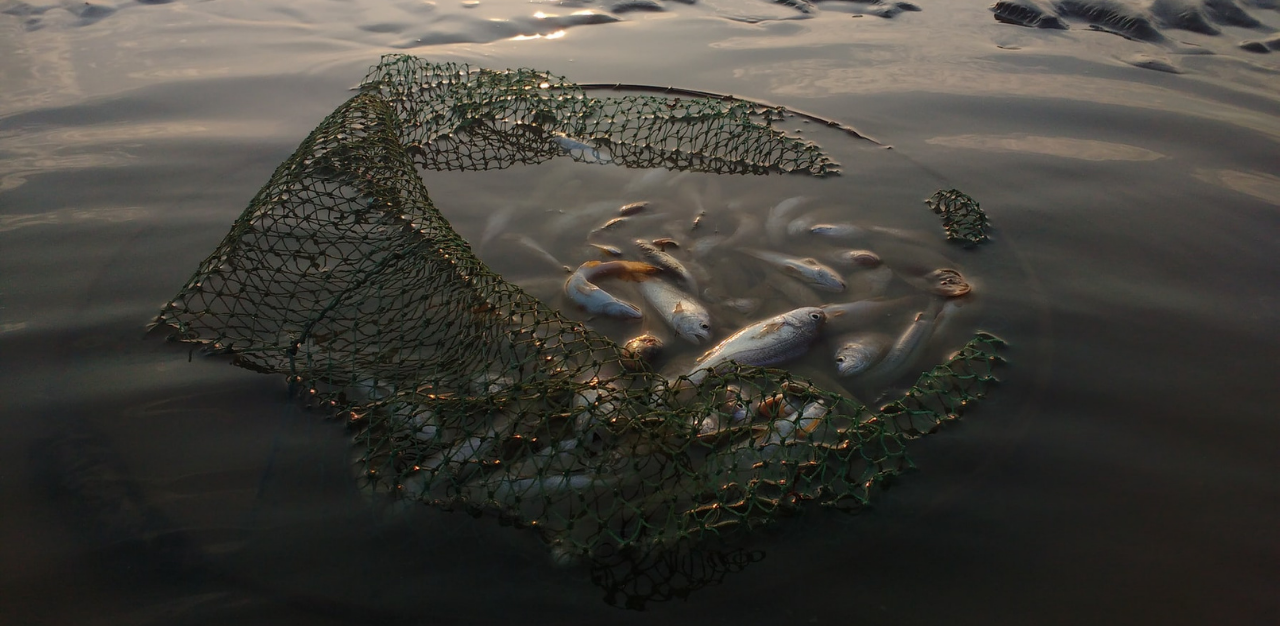
This could also impact the sustainability of the seafood industry, as depleted fish stocks may also threaten the livelihoods of all stakeholders within the seafood industry.
For consumers facing strict dietary regulations, religious concerns are another worry.
The 2018 study conducted by NUS researchers revealed that pig DNA was found in processed cuttlefish and prawn balls. Both discoveries could have led to liability and reputational damage for businesses. Mr Gan points to these findings as an “especially concerning issue” in light of Singapore’s multicultural society. But OnHand Agrarian’s Mr Lim explains that this is likely due to cross-contamination during the unloading process.
“Everybody loads and unloads in a same car park and same loading bay – you reach over [and] grab your friend’s basket, [so] like if you’re a butcher and you reach over to grab the friend’s basket and he’s a fishmonger,” he says.
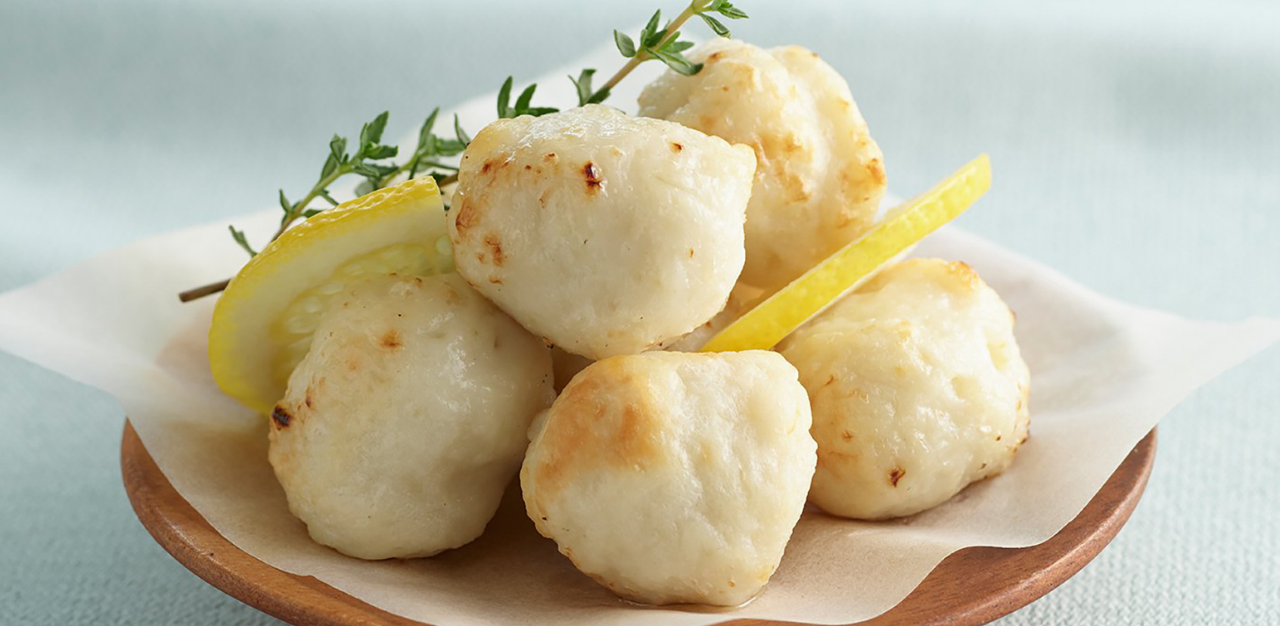
Food safety that affects consumers’ health is also a possible problem, as mislabelled seafood products could result in allergic reactions or food poisoning. Mr Gan notes that if catch dates and locations are inaccurately stated, this leads to “polluted and contaminated products entering the market,” raising the risk of the public consuming “potentially unsafe products”.
Staying aware as consumers
Many consumers are unaware of the issue of seafood fraud, claims Mr Lim.
“It’s not very talked about, and even if it’s brought up a lot of people don’t care, because at the end of the day it’s really inconsequential,” he says. “Because aside from perception and maybe a little bit of taste there is really no difference. Fish is fish basically – very few people can taste the difference.”
Inconsequential or not, Mr Gan urges consumers to be more conscious in their purchasing decisions by identifying products that have the potential to be mislabelled. These include items that have ambiguous labels that are missing key information, such as scientific names, catch method and whether the product is wild or farmed, or that are known to have high rates of mislabelling globally.
Consumers can also reduce the likelihood of seafood fraud by purchasing seafood with established Chain of Custody requirements, such as packaged fish with labels by the Aquaculture Stewardship Council and Marine Stewardship Council . Mr Gan explains that products with strict CoC certification “show a much lower incidence of mislabelling due to increased transparency within the supply chain.”
He also suggests that customers “voice a need for change” to the businesses they frequent, citing the need for “accurate and comprehensive information” to make “considered choices”.
What businesses can do to combat mislabelling
Education is key, says fish farm owner Mr Lim. So is using the scientific names for seafood to minimise confusion.
“When we order or sell things, we sell them by their scientific name… We make it a point to educate our consumer as much as possible,” he shares. “I receive the scientific names and background [information] on the animal; where it’s from, what they eat and what it’s supposed to look like.”
“Prawns [are another example] – some people call it banana prawn… king prawn… and Ang Kar. There’s a whole bunch of names for a specific kind of prawn with yellow legs [and a] pink shell, so we just use the scientific name so there’s no confusion.”
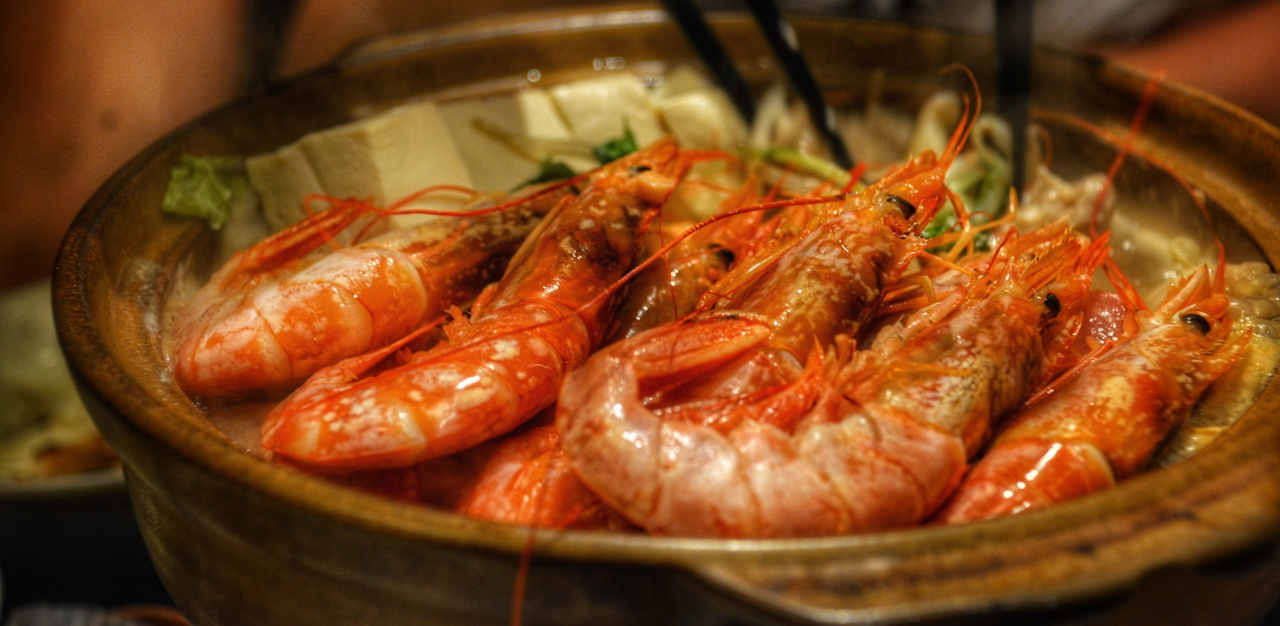
While traditional DNA sequencing is one of the methods used to authenticate ingredients, the NUS study notes that such techniques tend to be “slow and expensive” and rely on well-equipped laboratories. The study’s researchers suggest using MinION technology instead, as they think it is a more efficient and affordable way to test seafood samples. They have also called for more well-defined labelling guidelines.
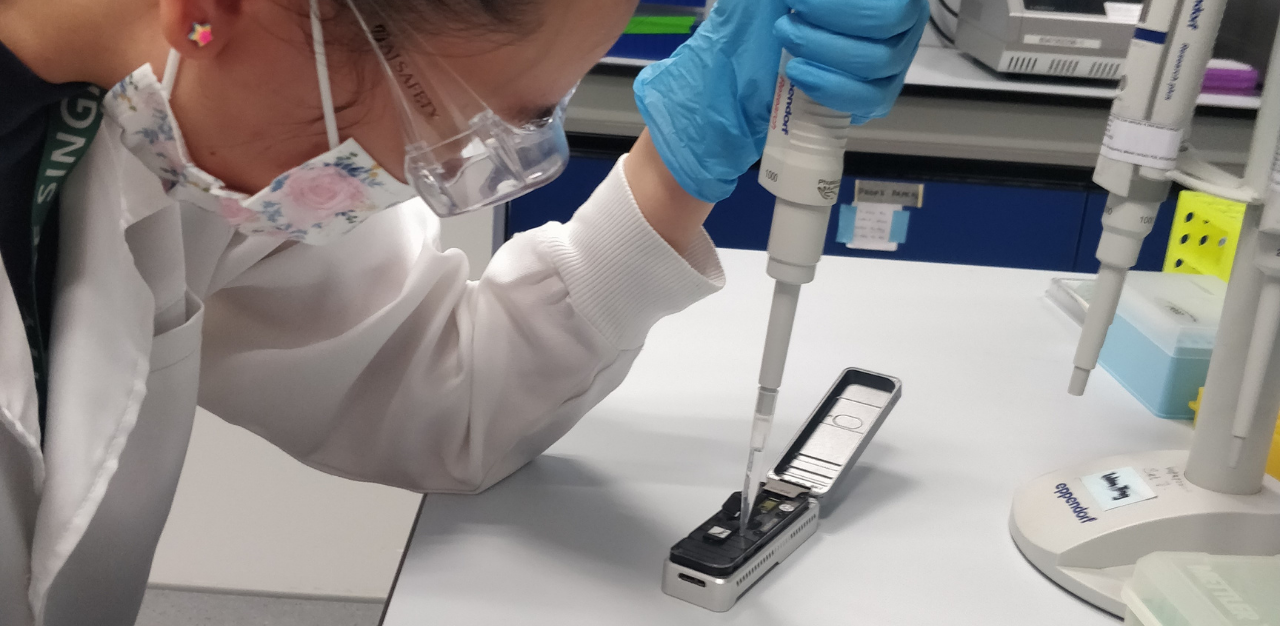
Mr Gan acknowledges that the issue cannot be resolved by consumers alone but must be tackled by businesses and the Government through adopting responsible practices when it comes to procuring seafood. In addition, the transparency and traceability of the seafood supply chain must be improved to “prevent points of entry for fraudulent products.”
Current regulations can be improved by including “key data elements, such as the scientific name of the species, catch location, gear used and production method”, he adds, while mandating food authenticity tests.
“It is important to note that there is strong impetus for action from Singaporean consumers. Beyond the direct cost seafood fraud imposes, consumer studies show an increasing consumer demand for more sustainable options,” says Mr Gan.
Join the conversations on THG’s Facebook and Instagram, and get the latest updates via Telegram.



